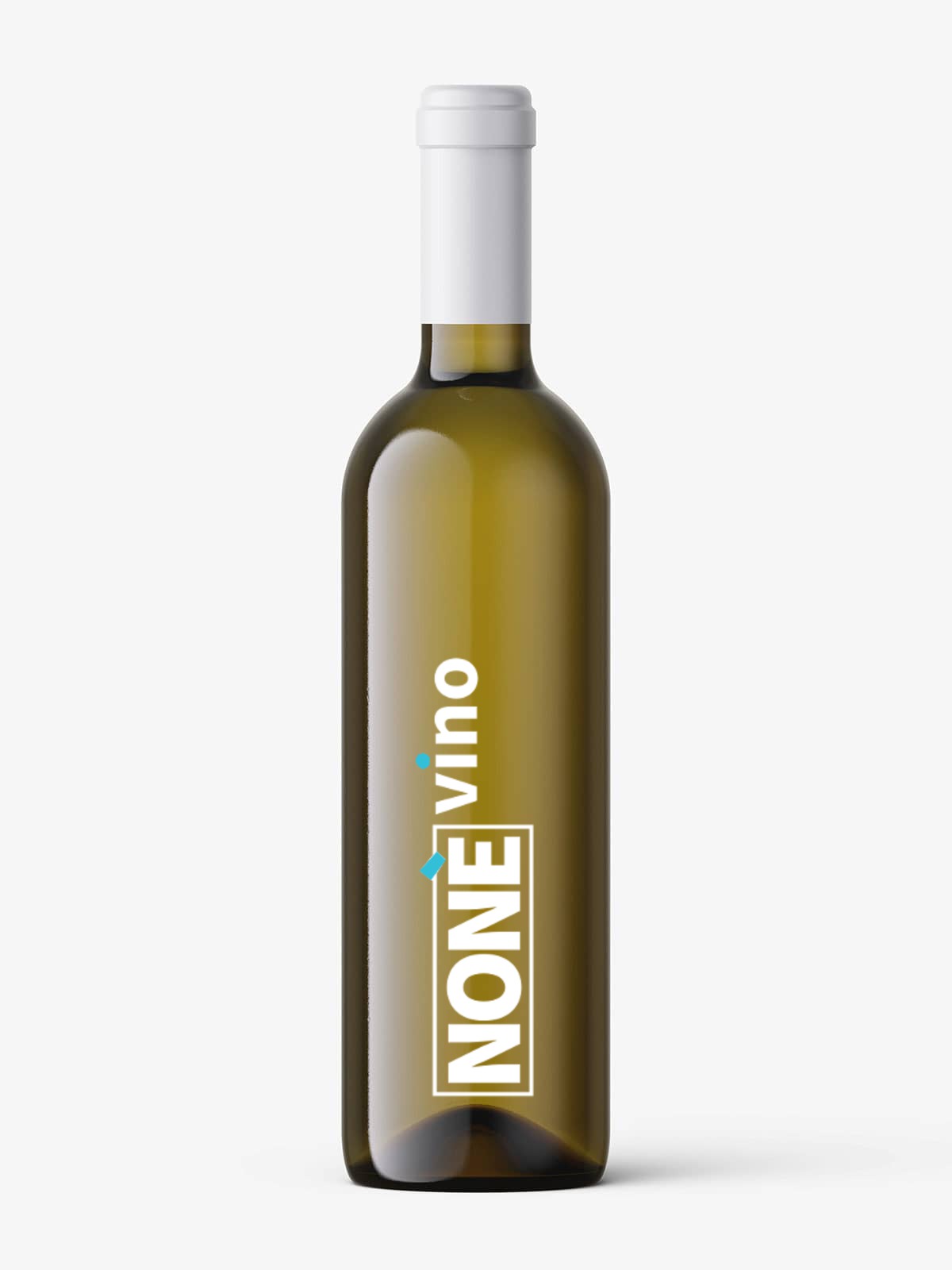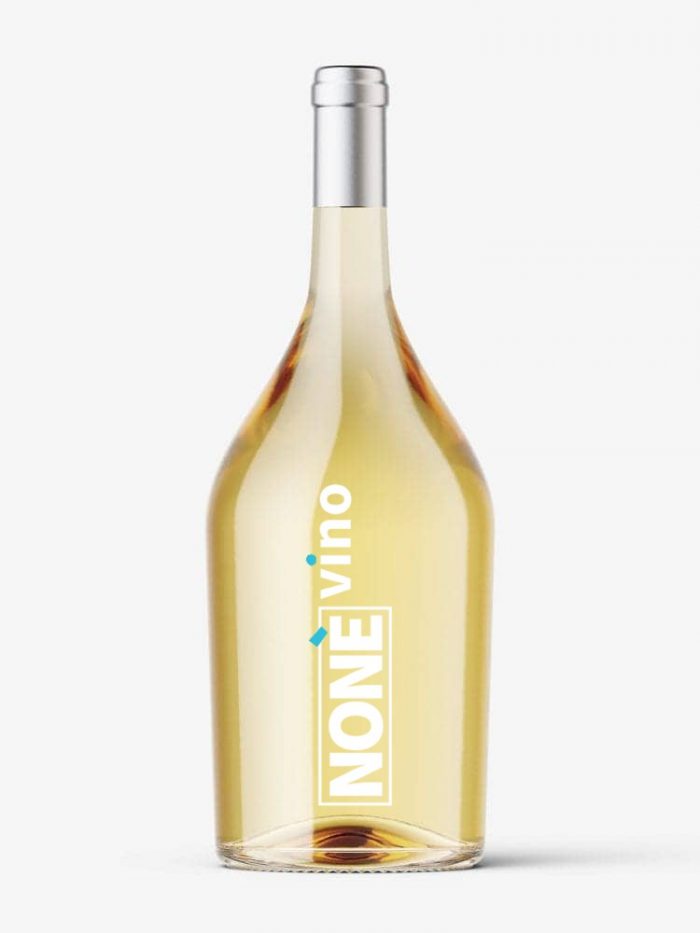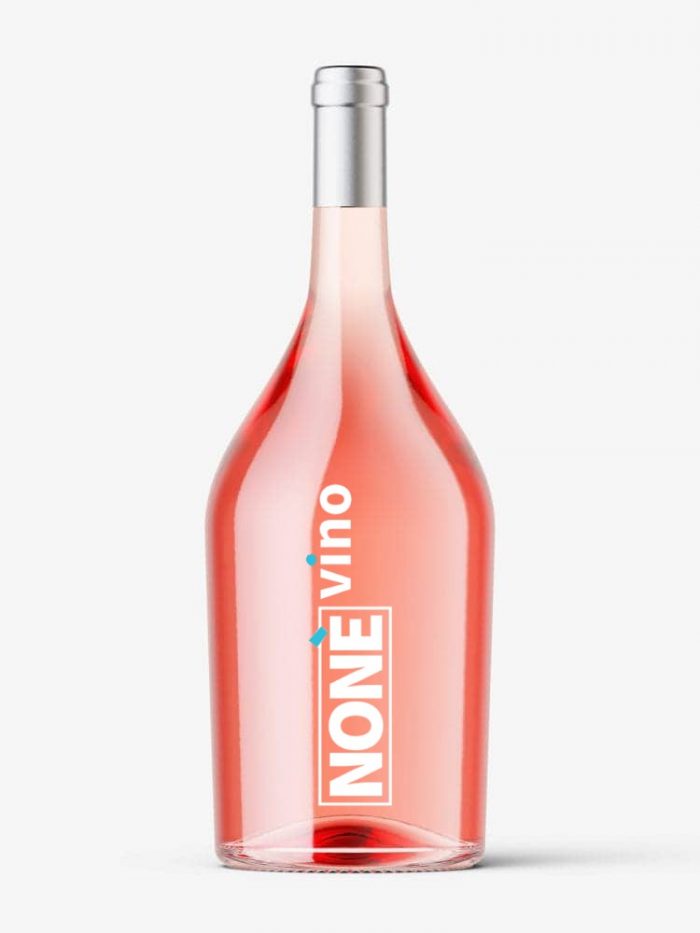The geographical area suited to the production of DOC Soave wine extends over the hills located near the Lessini Mountains, in an area that is adequately ventilated, bright and favorable to the fulfillment of all the vegetative-productive functions of the vineyards.
The DOC Soave Wine Production Area is located in:
– province of Verona and includes the territory of the municipalities of Soave, Monteforte d’Alpone, San Martino Buon Albergo, Mezzane di Sotto, Roncà, Montecchia di Crosara, San Giovanni Ilarione, San Bonifacio, Cazzano di Tramigna, Colognola ai Colli, Caldiero, Illasi and Lavagno.
The production area of the DOC Soave Classico wine is located in:
– province of Verona and includes the territory of the municipalities of Soave and Monteforte d’Alpone.
The Production Area of the DOC Soave Sottozona Colli Scaligeri wine is located in:
province of Verona and includes the territory of the municipalities of Monteforte d’Alpone, San Martino Buon Albergo, Mezzane di Sotto, Roncà, Cazzano di Tramigna and Illasi.
During the vinification phases, only loyal and constant oenological practices of the area are allowed, suitable to give the wines their particular quality characteristics.
The winemaking practices of DOC Soave wine include, among other things, that:
– The maximum yield of grapes into DOC Soave wine must not exceed 70%; if these parameters are exceeded within the limit of 5%, the excess will not be entitled to the DOC, but can be reclassified into IGT wine produced in the territory. Beyond these limits the right to DOC for the whole product lapses.
– The DOC Soave Classico and Soave Colli Scaligeri wine must be aged for about 3 months and, in any case, placed on the market no earlier than February 1st of the year following the harvest.
– On the labels of each type of DOC wine Soave Classico and Soave Colli Scaligeri it is mandatory to report the year of production of the grapes.
The territory of Soave was already in Roman times a circumscribed rural wine-growing district, known for its good position and for the intensity of cultivation. From the grapes were also obtained peculiar “acinatic” wines, the result of a traditional method of drying the grapes, as mentioned at the time of the Gothic king Theodoric in some epistles (AD 503), who recommended to Veronese producers to search for these wines for the royal table “Very sweet and full-bodied”, and not to forget the one obtained from white grapes that “shine like a milky drink, of clear purity… of jovial whiteness and incredible sweetness”.
In 680 A.D. evidence indicates the use of the Veronese pergola, a traditional form of vine growing in this area, still used today. An important testimony of the wine culture of these places in the Middle Ages appears on a wall plaque of the Soave Palace of Justice, dated 1375.
The growth of the production and the fame of Soave wines led in 1924 to a first protection measure for the defense of typical wines, followed by the birth of the Consortium for the defense of Typical Soave wine. In-depth studies aimed at outlining the specific characteristics of the wines and delimiting the production area, were the prerequisite for requesting and obtaining from the Italian Ministry, in October 1931, the recognition of the first delimited area for the production of “Typical Soave Wine”.
The official act of recognition is the Royal Decree published in the Official Gazette no. 289 of 16/12/1931, on the basis of which in 1968 the historical area of the Soave Classico DOC denomination was defined. Currently the Soave district expresses a considerable number of oenological excellences that are awarded each year by the main international guides in the sector. The acknowledgments obtained in the main wine competitions all over the world are notable and constant.
The DOC Soave wine obtained the recognition of the Controlled Designation of Origin on 21 August 1968.







